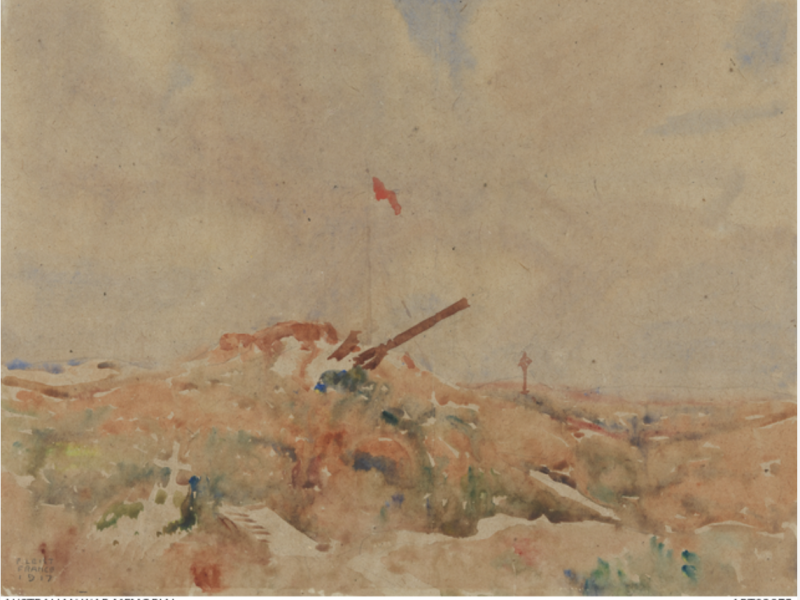Private James Ross Duperouzel, 51st Battalion, AIF
James Ross Duperouzel was born in July 1897, the second of ten children born to George and Sarah Duperouzel.
Known as “Jim” to his family, he grew up on the family farm in Qualin, near York in Western Australia, where his chores included feeding the horses, pigs, and chickens, and, as he grew older, shearing the sheep.
The Duperouzel family was active in the local community. His father George played in the local cricket team, and young Jim received a special mention in a local newspaper after attending a children’s ball. There were also challenges: in 1910, the family farm survived the worst bushfire in district history.
In December 1915, James Duperouzel enlisted in the Australian Imperial Force at Perth. Due to his young age, his parents had to consent to his enlistment. On 1 April 1916, Duperouzel embarked from the port of Fremantle on board the troopship Ulysses. He disembarked in Egypt, arriving exactly a year after the first landing on Gallipoli. After training in Egypt, he sailed for France and arrived at Marseilles in June.
At the end of that month, Duperouzel joined the 51st Battalion, which was made up mostly of soldiers from his home state of Western Australia. During July, his battalion trained and marched toward the Somme front.
Duperouzel’s battalion was part of the 1st Anzac Corps. Along with other British and Commonwealth forces, it had the task of breaking through the German lines at Pozieres, and driving a wedge behind the German salient there. The battalion was given the objective of taking Mouquet Farm, a large destroyed farmhouse that offered cover for the high ground.
On the night of 13 August 1916, Jim’s battalion moved into position to the east of Mouquet Farm. The following day, despite a heavy Allied artillery barrage, four German machine-guns were still firing when the first men leapt out of the trenches and into no man’s land.
The Germans shelled the Australian lines heavily. The 51st Battalion lost 105 men over three days between 14 and 16 August 1916.
Duperouzel was one of them. He was 19 years old.
Over the six-week period since they had entered the Somme front, the 1st Anzac Corps suffered 23,000 casualties, over 6,000 killed in action.
Duperouzel’s remains were never identified. His name is inscribed on the Australian National Memorial at Villers-Bretonneux Military Cemetery in France.
Nine years after his death, his grieving family posted a memorial poem in their local newspaper. It read:
Our thoughts they often wander,
To a grave so far away,
Where they laid our dear son and brother,
Just nine years ago to-day.
In our lonely days of thinking,
Thoughts of you are always dear,
We who loved you sadly miss you,
As it dawns another year.
Thomas Rogers, Historian, Military History Section
Image: Mouquet farm, Pozieres, Fred Leist, 1917. Watercolour sketch depicting the wrecked buildings of Mouquet farm in Pozieres. Trench lines surround a pile of rubble with war graves marked with crosses.
- Australian War Memorial https://www.awm.gov.au/collection/C2647752

 Australian War Memorial
Australian War Memorial